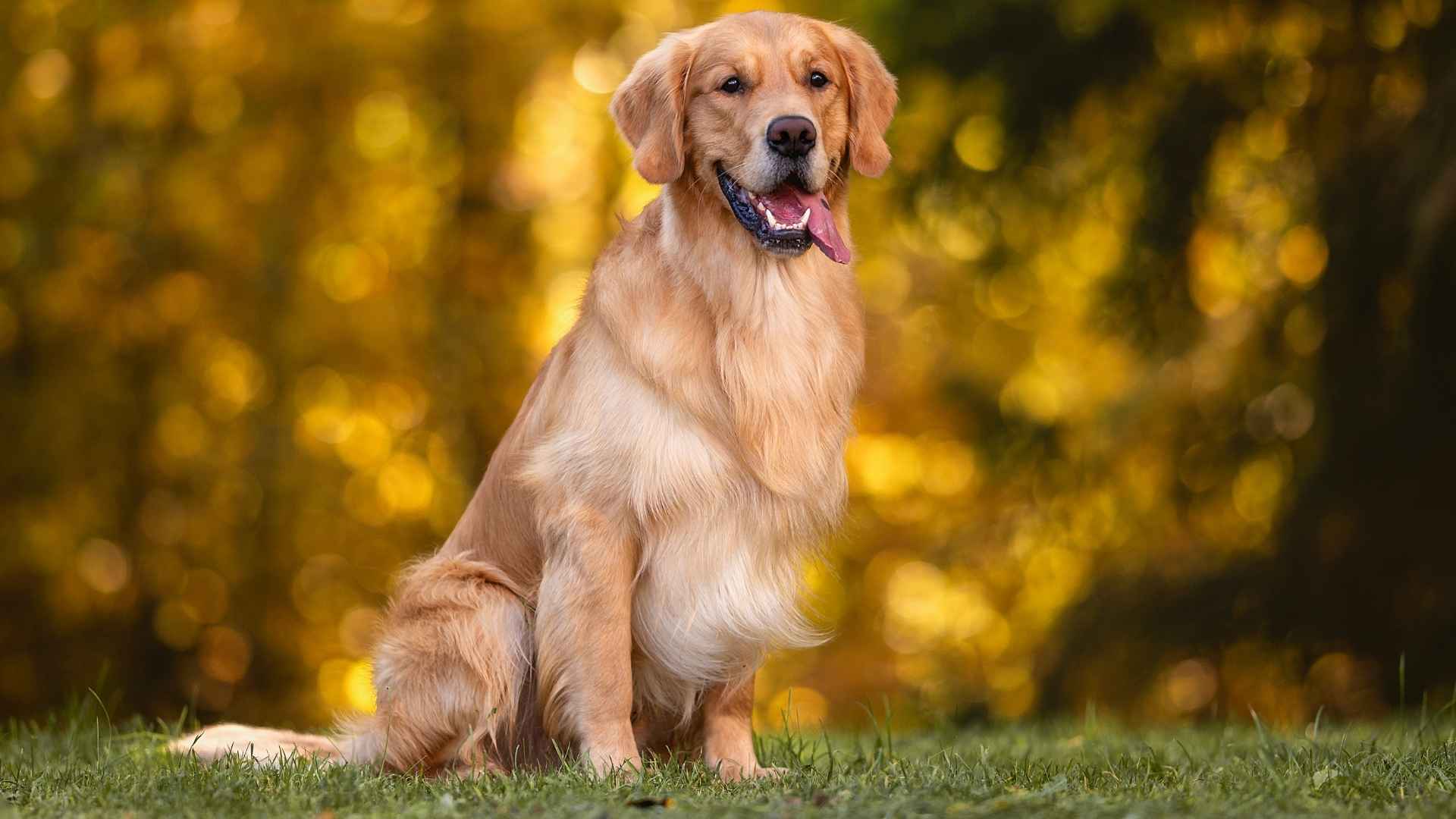Time is the one thing we can’t control—but when it comes to choosing a dog, we all wish we could. Especially when that dog is a big, lovable giant. Their loyalty feels heavier, their presence more comforting.
Sadly, large dogs are often known for shorter lives. But here’s something beautiful: not all follow that path. Some stick around much longer than expected, aging slowly and gracefully beside the people who love them most.
We’re exploring the longest living large dog breeds—the ones that grow old with you and turn ordinary days into unforgettable memories. They’re not just long-living; they’re long-loving. And sometimes, knowing a dog will stay longer is all the comfort you need to say “yes” to one more paw in the house.
Longest Living Large Dog Breeds
1. Alaskan Malamute
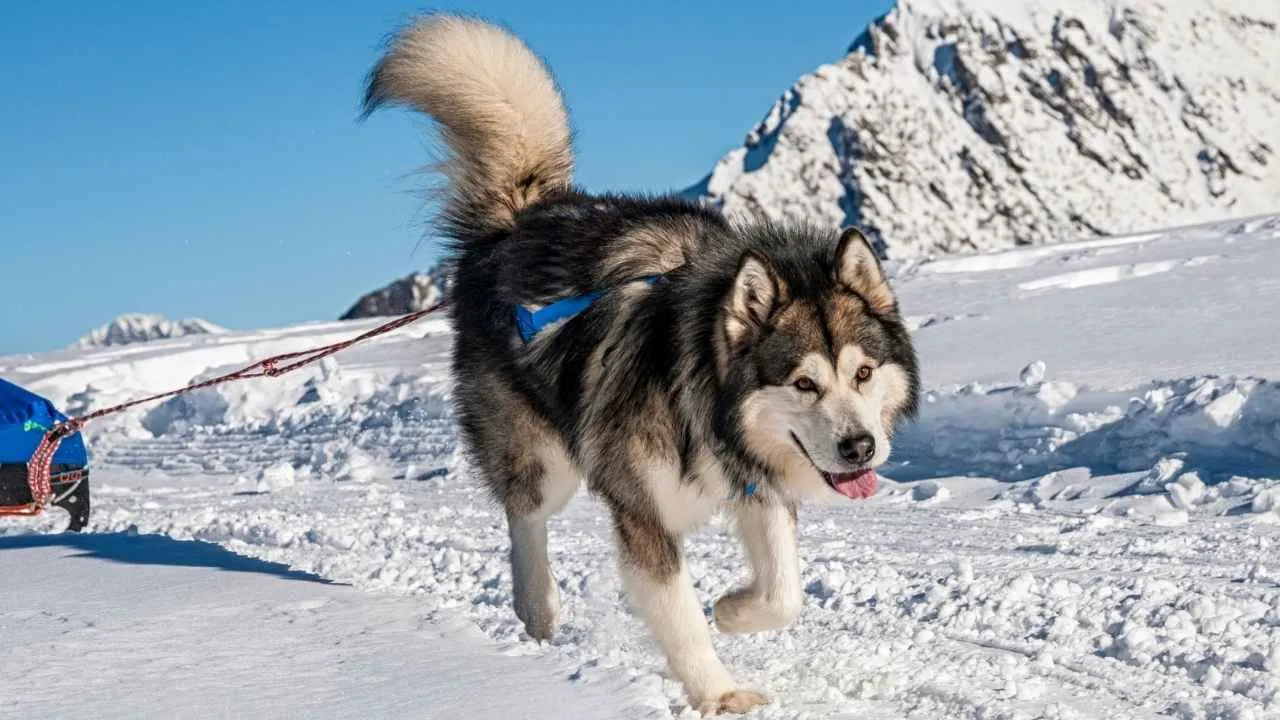
The Alaskan Malamute, one of the oldest Arctic sled dogs, boasts a thick double coat and a muscular body built for hauling heavy loads.
Despite their size, they have a playful and affectionate demeanor, often engaging in vocal “conversations” with their owners. Their intelligence and independence can make training a challenge, requiring consistent and patient guidance.
Health Considerations
With a life expectancy ranging from 10 to 14 years, Alaskan Malamutes are among the longest living dog breeds in the large category.
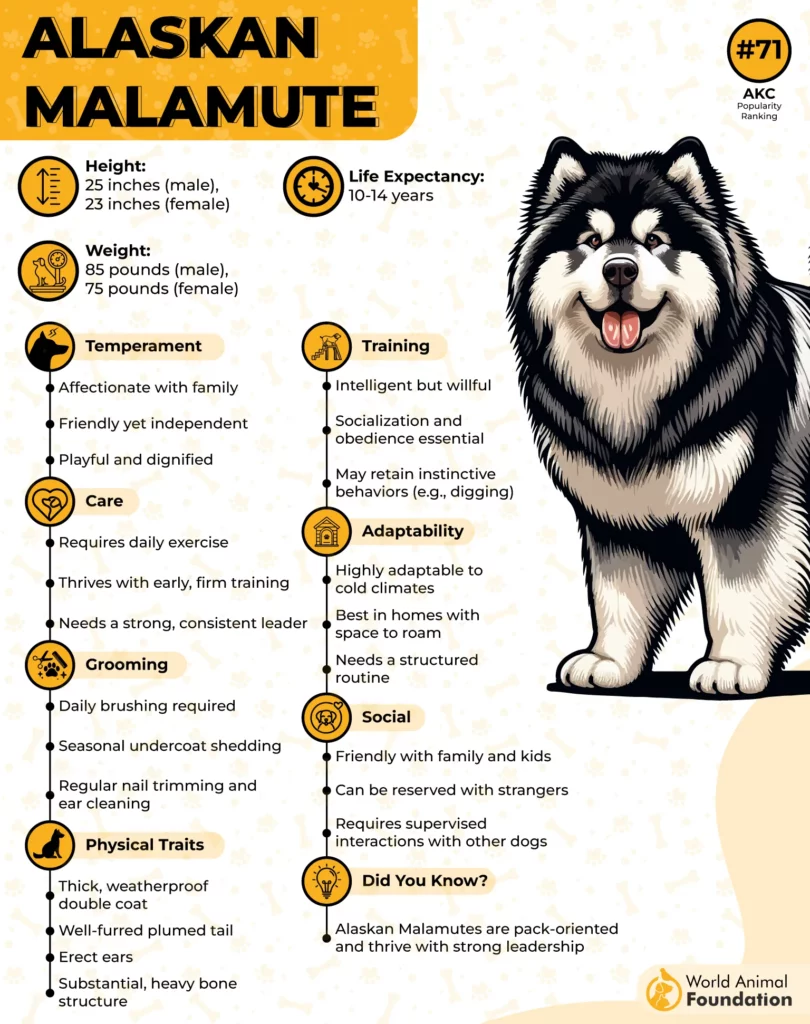
However, they are prone to specific health issues, including hip and elbow dysplasia, hypothyroidism, and inherited polyneuropathy—a neurological disorder affecting muscle coordination, as mentioned in PetMD. Regular veterinary check-ups and a balanced diet are essential to maintain their health.
Lifestyle Needs
These dogs require ample exercise to satisfy their high energy levels; activities like sled pulling, hiking, or agility training are ideal.
Their dense coat necessitates regular grooming to prevent matting and reduce shedding. Alaskan Malamutes thrive in cooler climates and may struggle in hot, humid environments.
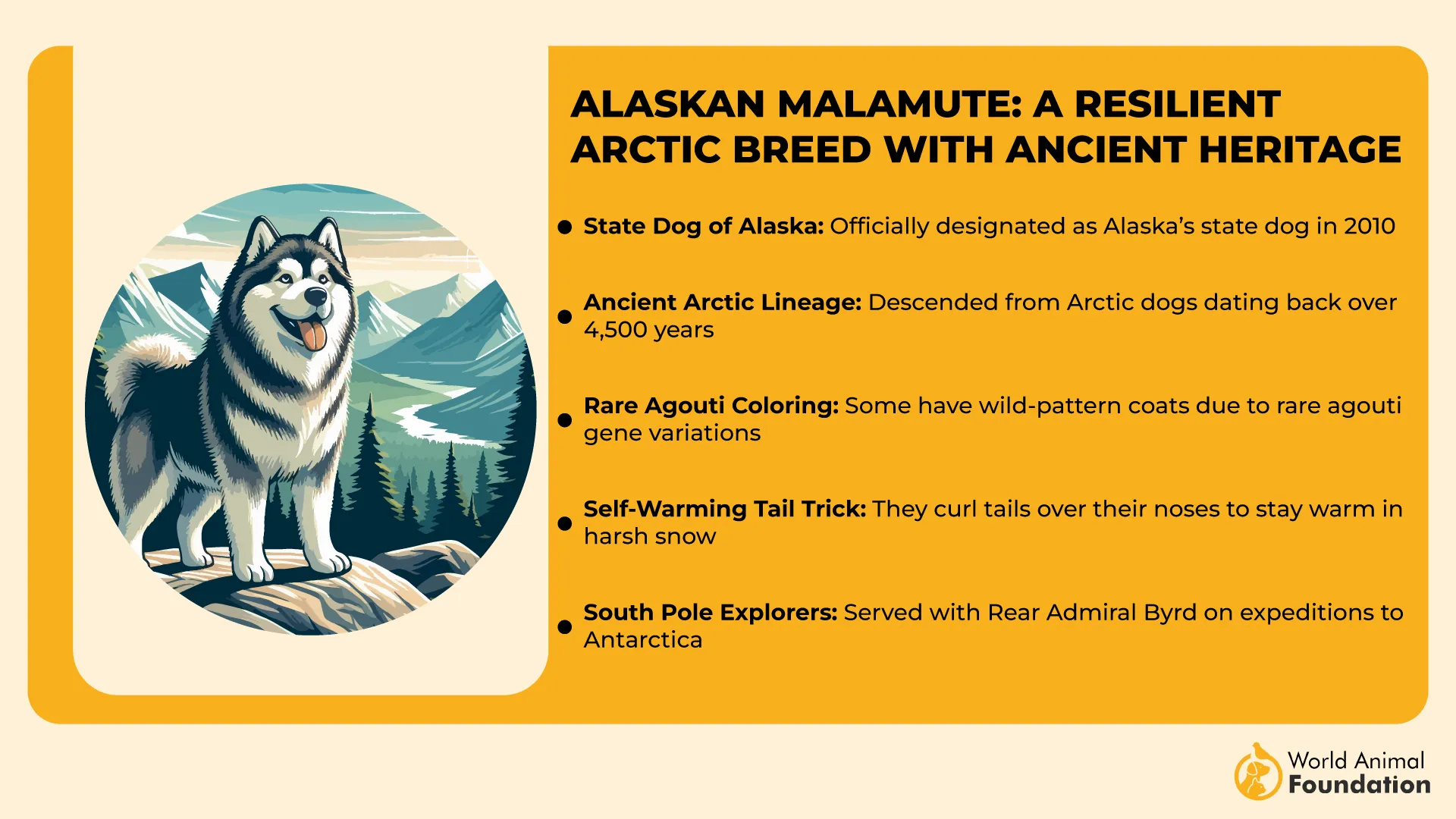
Ideal Companions for Active Owners
For pet owners seeking a loyal and energetic companion, the Alaskan Malamute offers both strength and affection. Their sociable nature makes them great family pets, but they do best in households that can meet their physical and mental stimulation needs.
2. Standard Poodle
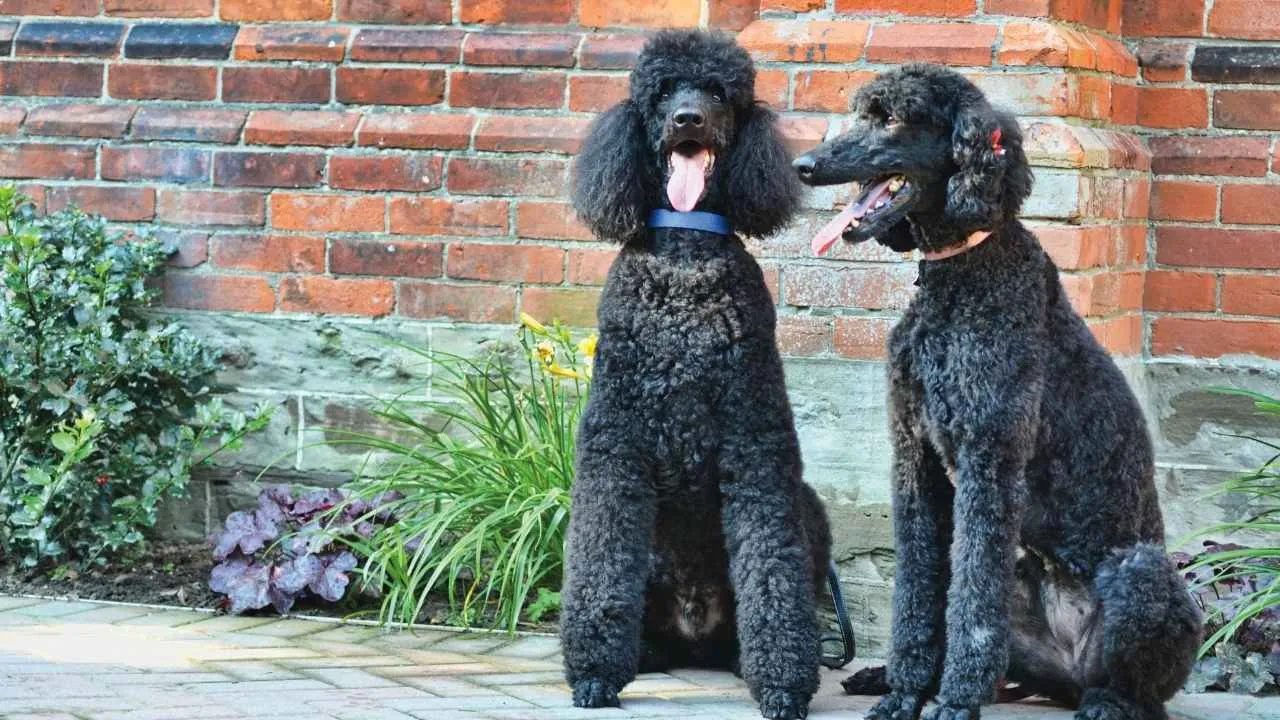
The Standard Poodle isn’t just about elegance—it’s a smart, athletic dog that often outlives many other large breeds. Despite their sophisticated looks, they’re incredibly versatile: equally at home on an agility course as they are lounging with the family.
What Contributes to Their Longevity
This breed has an average lifespan of 12 to 15 years, which is notably long for a large dog. That’s thanks in part to careful breeding and fewer structural issues than some other large breeds.
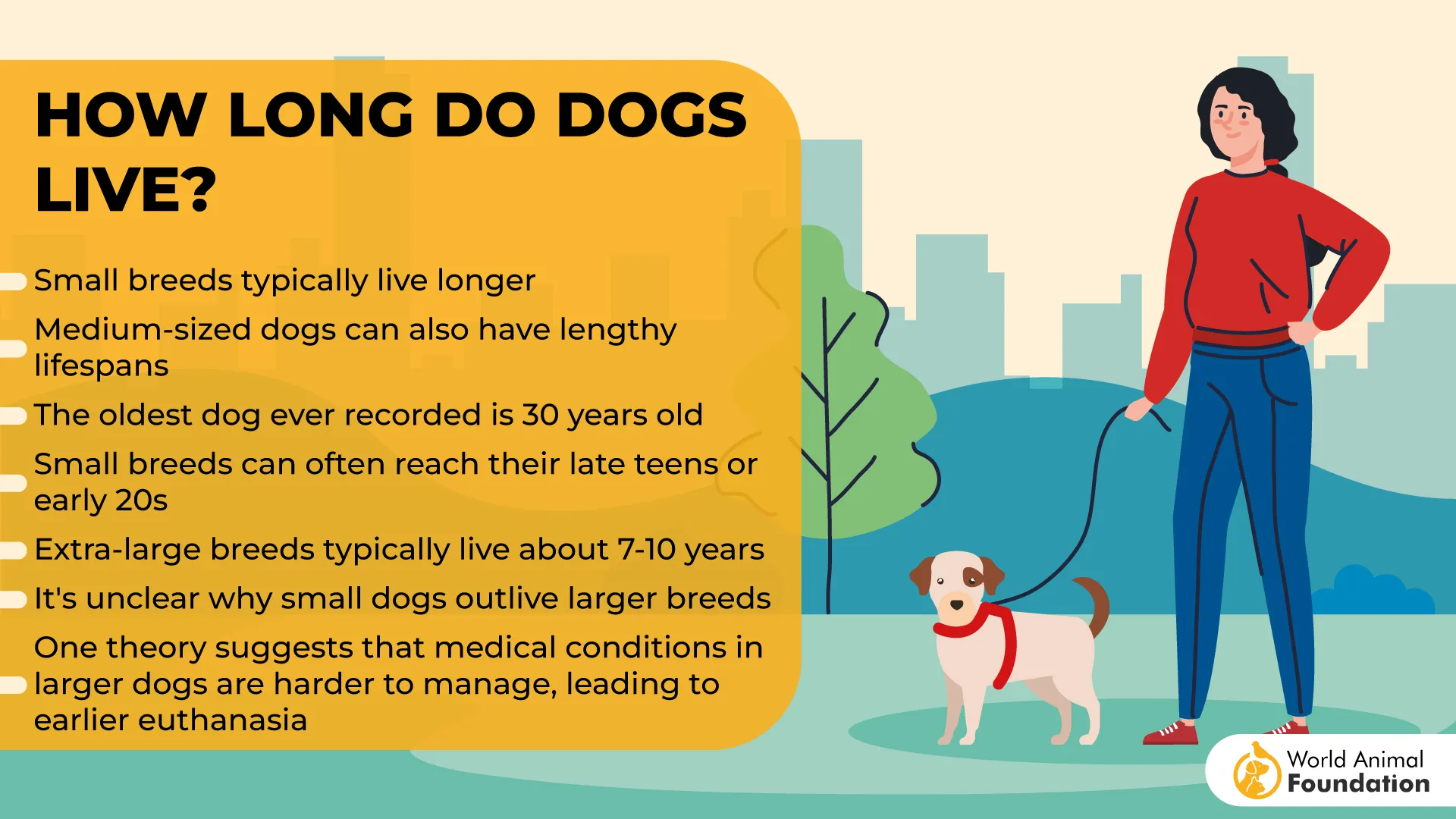
Keeping them at a healthy weight and mentally stimulated also plays a significant role in promoting their well-being across their lifetime.
Health and Maintenance
Standard Poodles are known for their low-shedding, curly coats, which, while hypoallergenic, require consistent grooming to avoid matting, as per Petplan.

They’re also prone to specific conditions like bloat and Addison’s disease, but with early detection and routine checkups, these risks can be managed. Regular dental care and ear cleaning are musts due to their grooming profile.
Perfect Fit for the Right Home
Standard Poodles thrive with families who can provide daily physical activity and plenty of interaction. They’re quick learners and respond well to structured training, often outperforming even some small breeds in obedience.
3. Doberman Pinscher
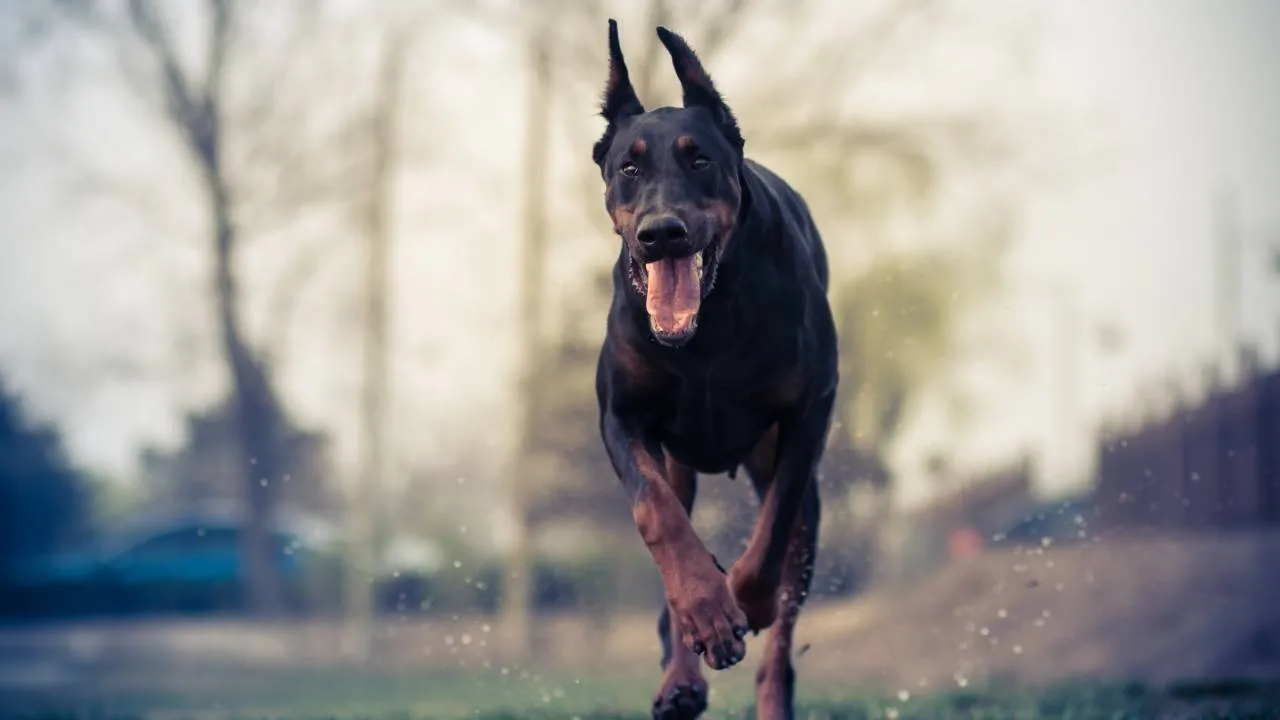
The Doberman Pinscher is the result of deliberate, intelligent breeding, created by a tax collector in 19th-century Germany who needed a loyal, alert companion.
What sets them apart isn’t just their sleek appearance or athleticism, but their long life expectancy for such a powerfully built dog. While many assume big dogs live shorter lives, a well-bred Doberman can often reach 11–13 years with proper care.
What Impacts Their Lifespan
Though not as bulky as some giant dogs, Dobermans are classified among big dogs due to their height, muscle mass, and strength.
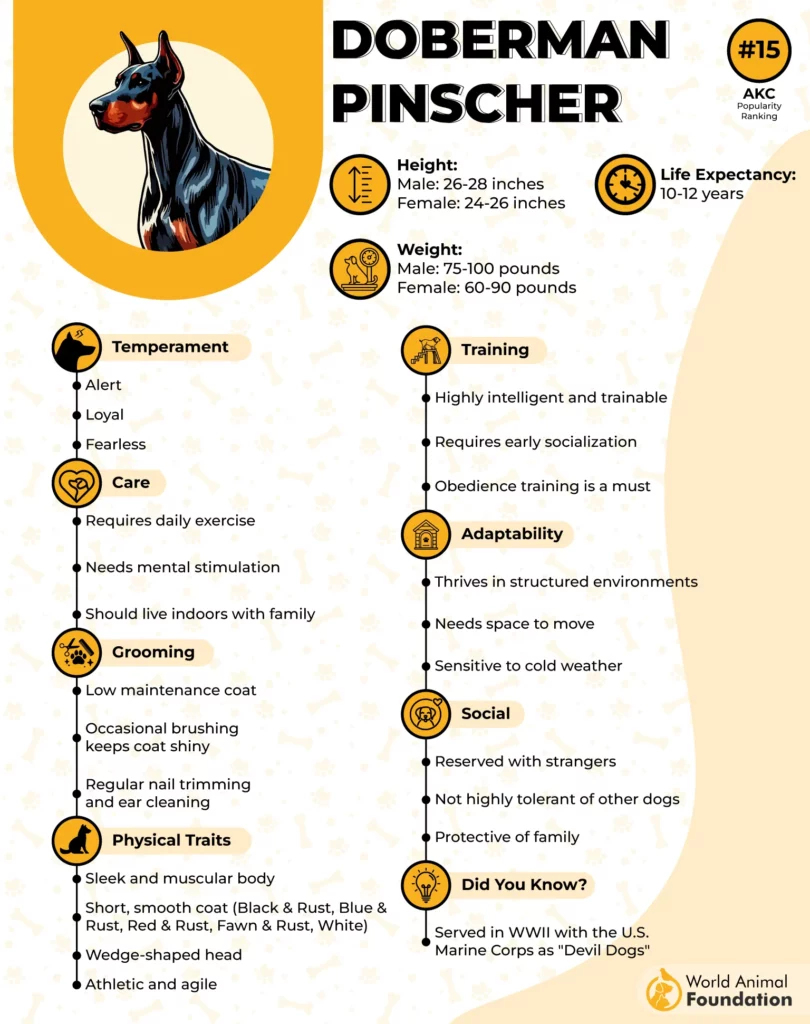
However, unlike heavier breeds, their lean build contributes to fewer joint issues. Cardiac health is a concern, especially dilated cardiomyopathy, but this can be mitigated with early screenings and maintaining cardiovascular fitness through regular structured activity.
Temperament and Mental Health
They aren’t just physically sharp—they’re emotionally attuned, too. Their loyalty borders on protective instinct, which makes them exceptional guard dogs when well-socialized from an early age.
Mentally under-stimulated Dobermans may develop anxiety, so obedience training, scent work, or advanced agility is essential not just for discipline but also for long-term cognitive health problems.
Care for Long-Term Wellness
To support longevity, Dobermans need a diet tailored to high-energy big dogs, consistent vet checkups, and early genetic screening. They’re sensitive to cold weather due to their short coat, so indoor living is a must.
4. Belgian Malinois
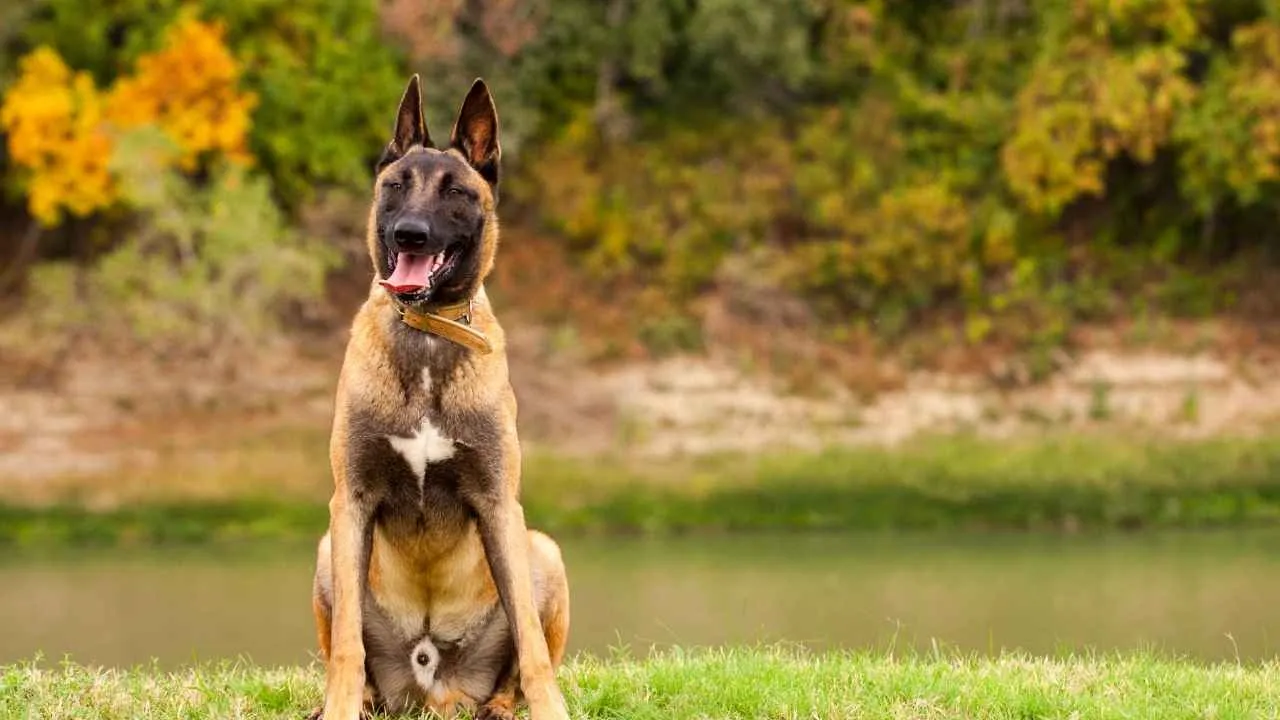
The Belgian Malinois is often mistaken for the German Shepherd, but this breed has carved out its own reputation for stamina, intelligence, and impressive vitality.
Among large working dogs, Malinois stand out not only for their tactical abilities but also because they tend to live longer (10-14 years) than many other canines.
Why This Breed Ages So Well
Malinois maintains a lean, muscular frame that supports long-term joint health. Their high energy levels encourage consistent movement, which in turn helps prevent obesity, a key contributor to age-related decline in large dogs.
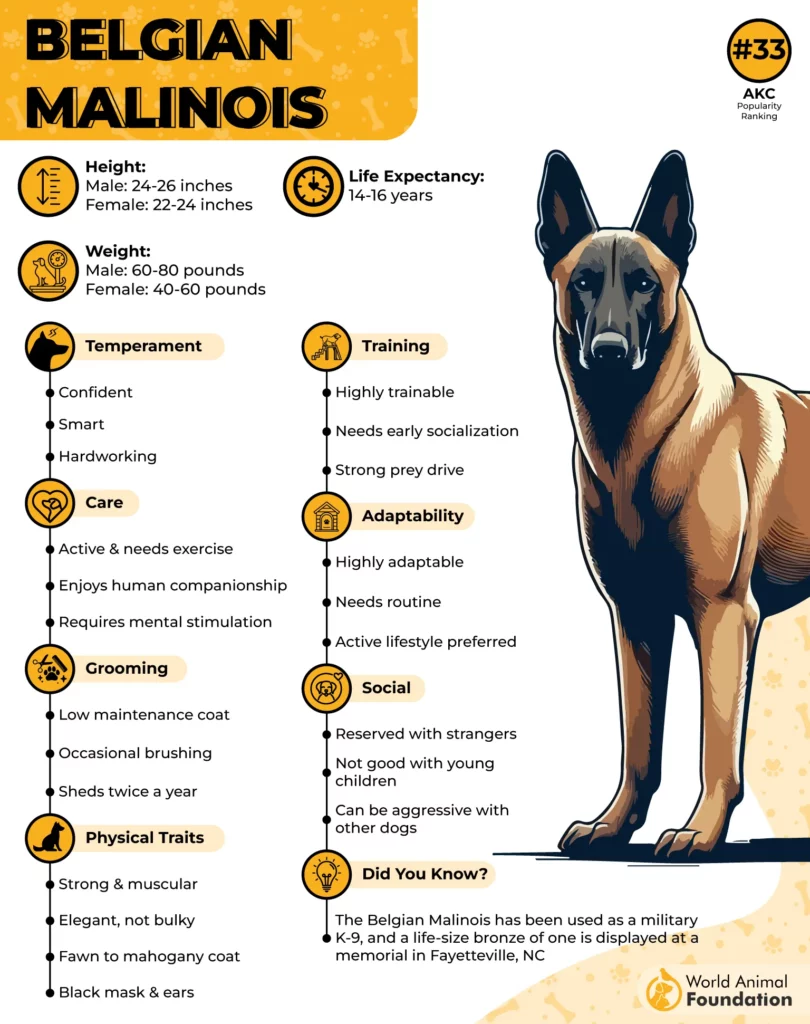
They’re less prone to bloat, hip dysplasia, and other joint issues common in heavier dogs, which plays a major role in their longevity.
Genetics and Common Health Conditions
While they’re generally healthy, some Belgian Malinois may be predisposed to conditions like cataracts or progressive retinal atrophy. Early testing and responsible breeding are crucial to minimize these health conditions.
Daily Lifestyle Makes the Difference
This isn’t a couch dog. The Belgian Malinois thrives with active pet owners who commit to advanced training, working roles, or high-level dog sports.
Their ability to adapt, stay mentally engaged, and avoid many of the degenerative diseases that affect other breeds makes them a standout example of how lifestyle and genetics together can help large dogs live longer and healthier lives.
5. Golden Retriever
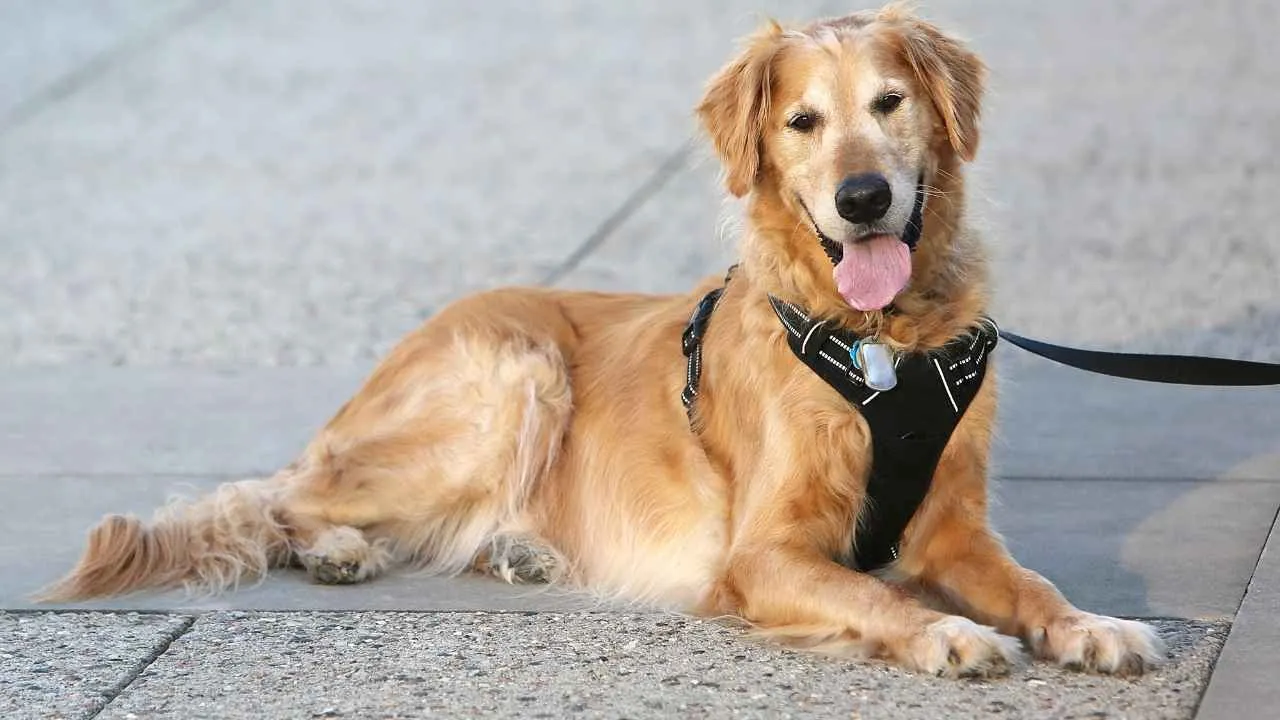
Golden Retrievers are not just affectionate and obedient—they’re also impressively resilient for their size. With a typical life expectancy of 11 to 14 years, their vitality is supported by genetics, an even temperament, and adaptability. They’re often listed among the healthiest dog breeds thanks to selective breeding practices that prioritize both temperament and physical soundness.
What to Watch For
Though generally robust, Golden Retrievers are genetically predisposed to certain conditions such as hip dysplasia, subvalvular aortic stenosis (a heart condition), and some cancers.
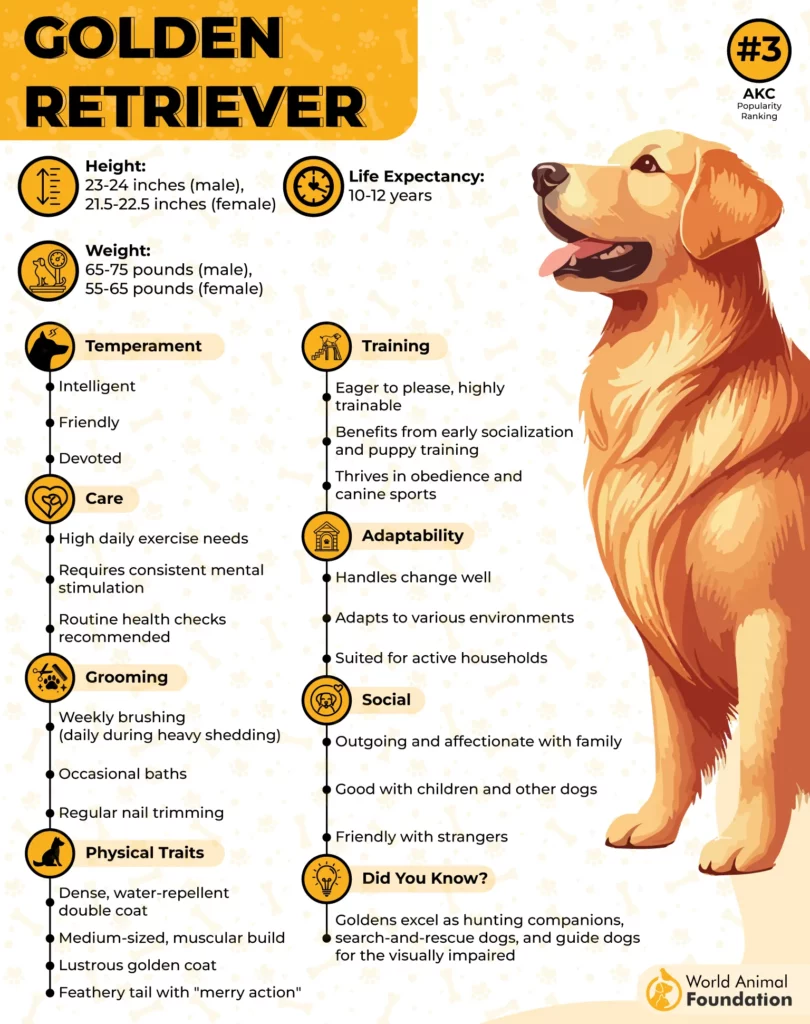
Regular screenings and a tailored diet rich in omega-3s can significantly improve both the quality and length of life, as per PetMD. Their love of food means weight control is key for joint and cardiac health.
Training, Temperament & Energy Levels
Originally bred as gundogs for retrieving waterfowl, their intelligence and eagerness to please make them quick learners. They require daily physical and mental stimulation to avoid boredom-driven behaviors. Golden Retrievers get along well with other dogs and adapt smoothly to social environments.
Maintenance & Lifestyle Fit
Their dense double coat sheds heavily and needs weekly brushing, more often during seasonal changes. They thrive in active homes where they can be part of daily routines, outdoor play, and bonding. Families committed to regular vet visits and proper care will find Goldens incredibly rewarding.
6. Labrador Retriever
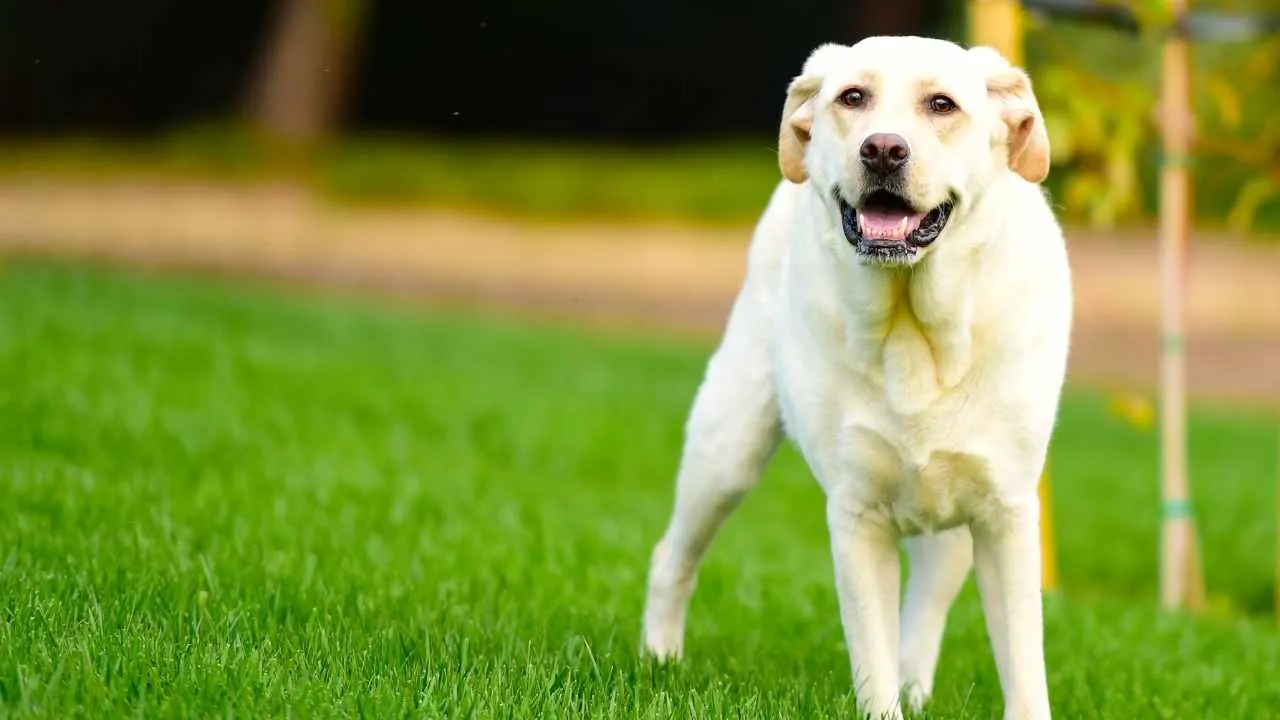
Labrador Retrievers consistently live 10 to 14 years when properly cared for, making them a top contender among large breeds with a long lifespan.
This longevity can be credited to their active nature, genetic resilience, and adaptability to various lifestyles, from suburban families to field work. Unlike breeds prone to early aging, Labs maintain mobility and vitality well into their senior years.
Hidden Health Trade-Offs
Despite their overall robustness, Labradors are not without health concerns. They’re genetically prone to progressive retinal atrophy, joint problems like hip and elbow dysplasia, and exercise-induced collapse (EIC).
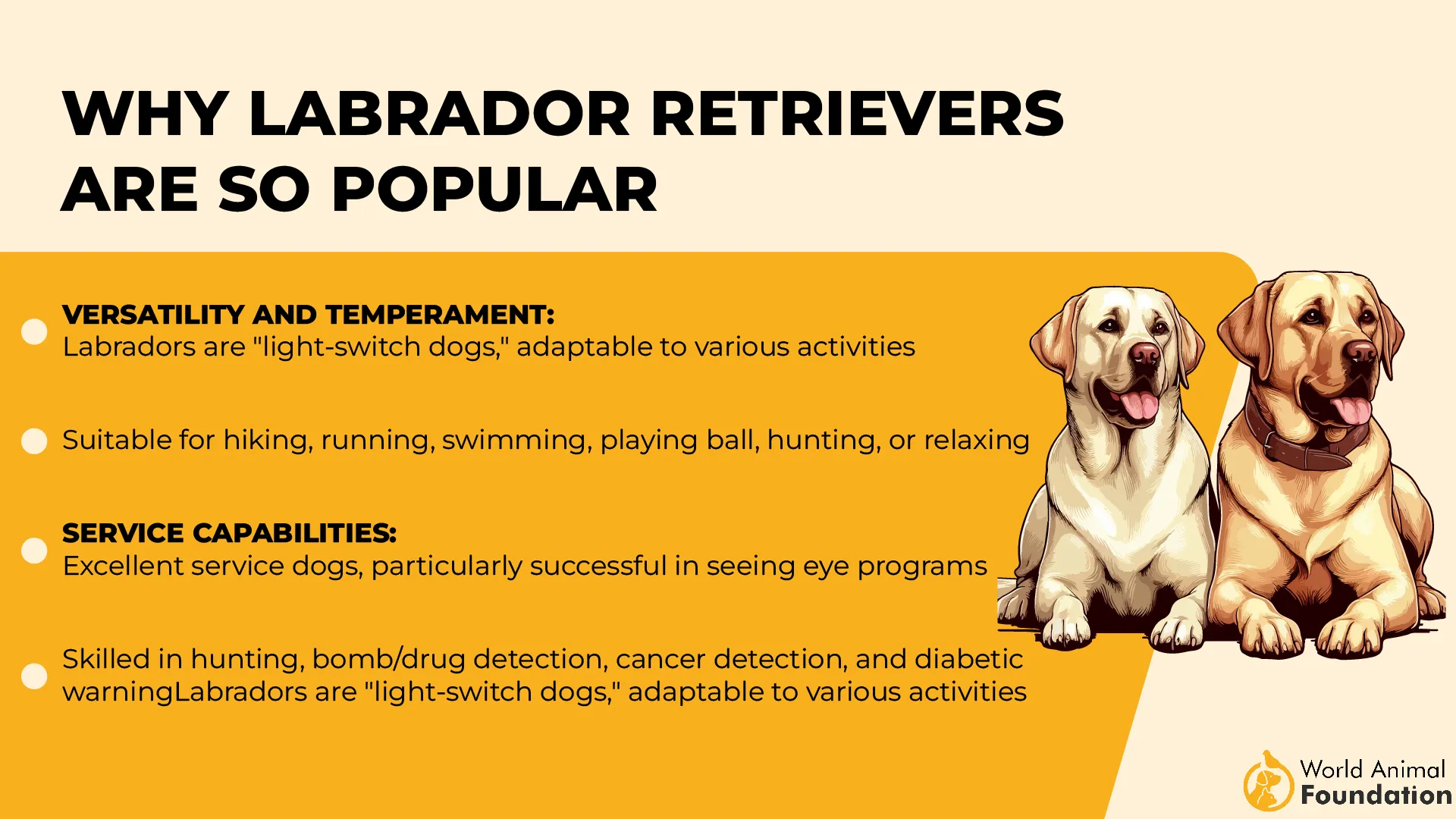
Their love for food also makes them susceptible to obesity, which can shorten a dog’s life if not closely managed with portion control and consistent activity, as quoted in Petplan.
Work Ethic & Emotional Intelligence
Originally developed for retrieving fishing nets and later adapted for field sports, Labradors are highly trainable and emotionally intuitive.
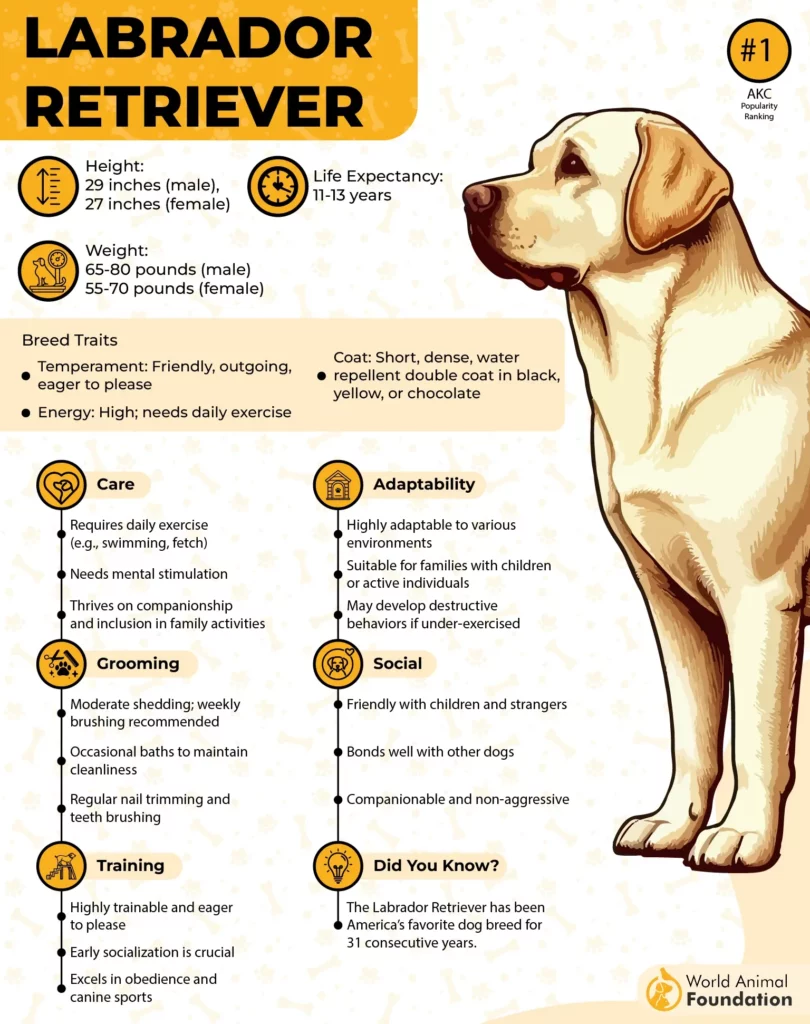
Their ability to read human cues sets them apart from many working breeds. They’re eager to please and often thrive in roles such as service, therapy, or search and rescue, keeping their minds sharp well into old age.
Lifestyle Fit & Daily Care
Labradors shed year-round and require weekly grooming, along with frequent ear checks due to their floppy ear structure. A home with room to roam, regular swim sessions, and daily mental stimulation is ideal. Owners who commit to exercise, routine vet care, and portioned diets often see their Labs living full, active lives well beyond the average.
7. German Shorthaired Pointer
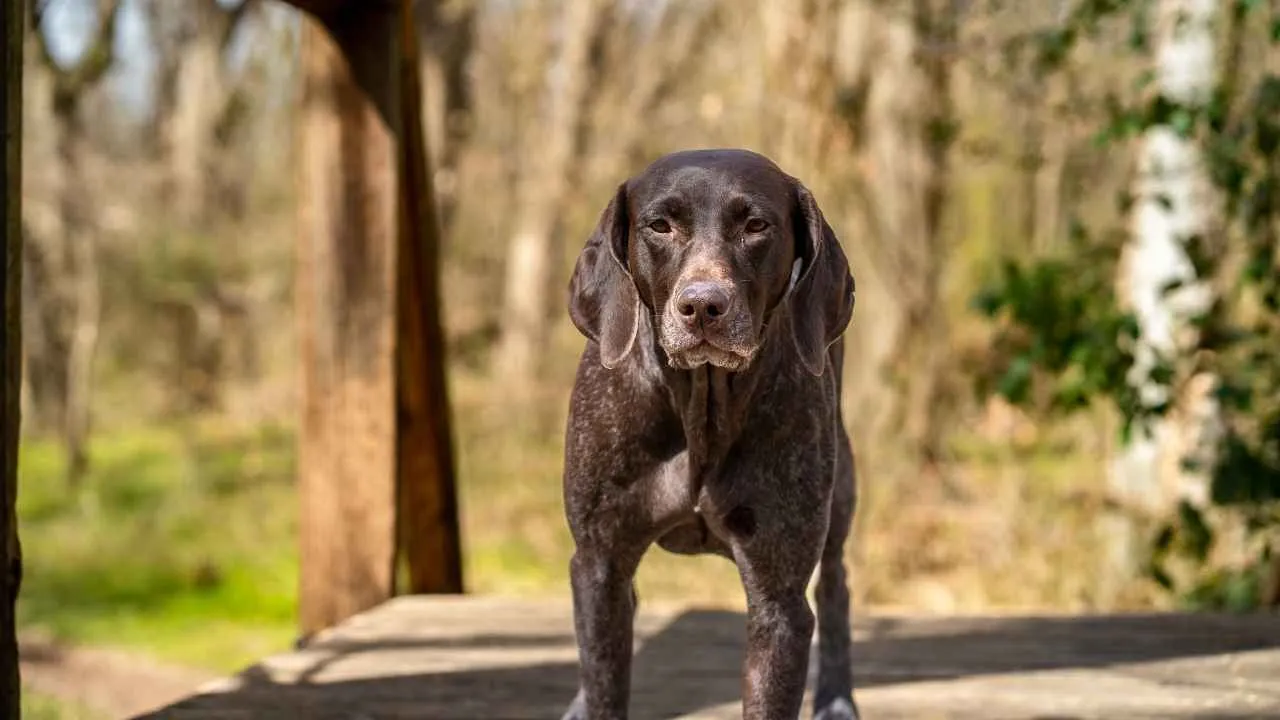
The German Shorthaired Pointer (GSP) is an agile, medium-to-large breed originally developed for hunting both on land and in water.
They carry a lean frame, webbed feet, and a sleek coat that’s low-maintenance but not hypoallergenic. Despite their rugged looks, GSPs are incredibly people-oriented, often shadowing their humans around the house.
Health and Lifespan Specifics
What sets GSPs apart is their impressive lifespan, often reaching 12 to 14 years with proper care.
They are genetically predisposed to fewer major health issues compared to other large breeds, though they can develop conditions like gastric torsion and hip dysplasia.
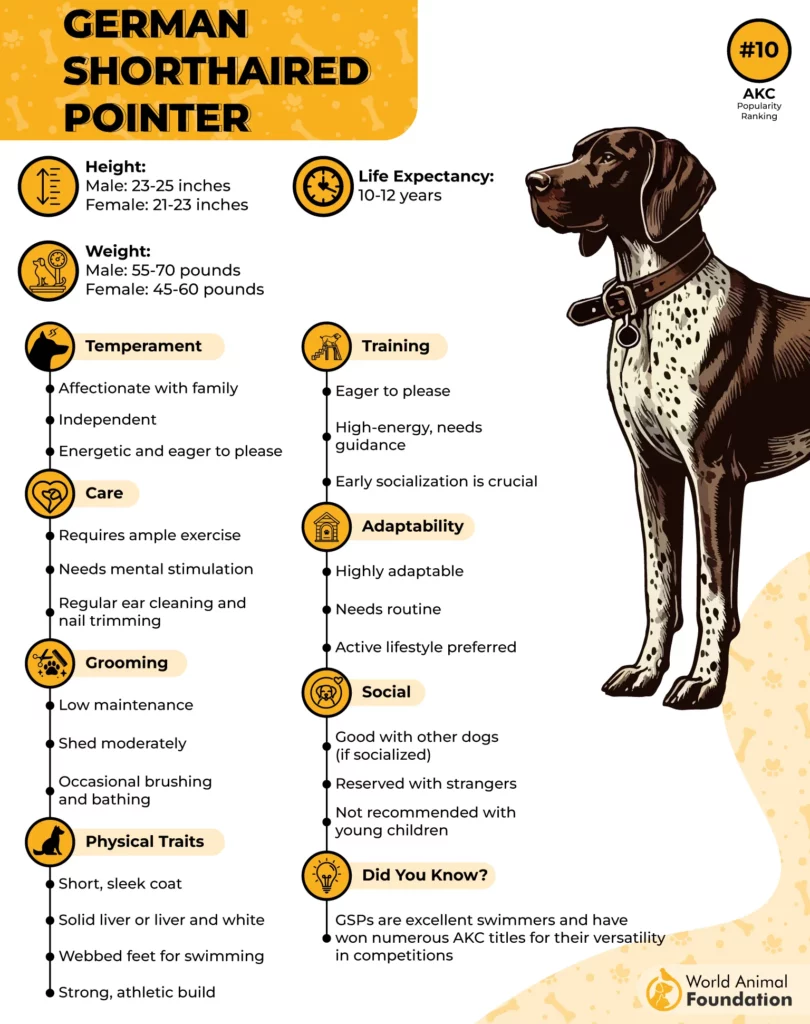
Routine blood panels, early screening, and consistent physical care go a long way in preventing age-related decline.
Physical and Mental Demands
This breed thrives on structure and activity and is not suited for sedentary households. GSPs demand 1–2 hours of vigorous exercise daily—think fetch marathons, long-distance running, or advanced agility sports. Without stimulation, they may become destructive or anxious, especially during their younger years.
Not Just a Hunting Dog
Although bred for sport, GSPs adapt well to family life when their energy is channeled productively. They’re naturally loyal and get along well with children and other dogs when socialized early. However, their prey drive means smaller pets might trigger chasing instincts, so supervision is essential.
Conclusion
Time may be fleeting, but with the right choice, it can feel like forever. These large dogs may not match the lifespans of some small dog breeds, but they’re proof that size doesn’t always dictate time.
With the right care—a good diet, regular exercise, and early screening for health problems—these breeds tend to enjoy a happy life that extends beyond expectations.
What’s more important than a few extra years is how those years are spent. A dog’s loving nature, paired with emotional loyalty, makes every moment meaningful. Though life spans vary, being intentional with your dog’s overall well-being plays a crucial role in extending their best years.
So when you’re ready for a companion, consider not just the average weight or size, but the heart inside. Because even the oldest dog once learned new tricks—and it’s never too late for yours to do the same.


